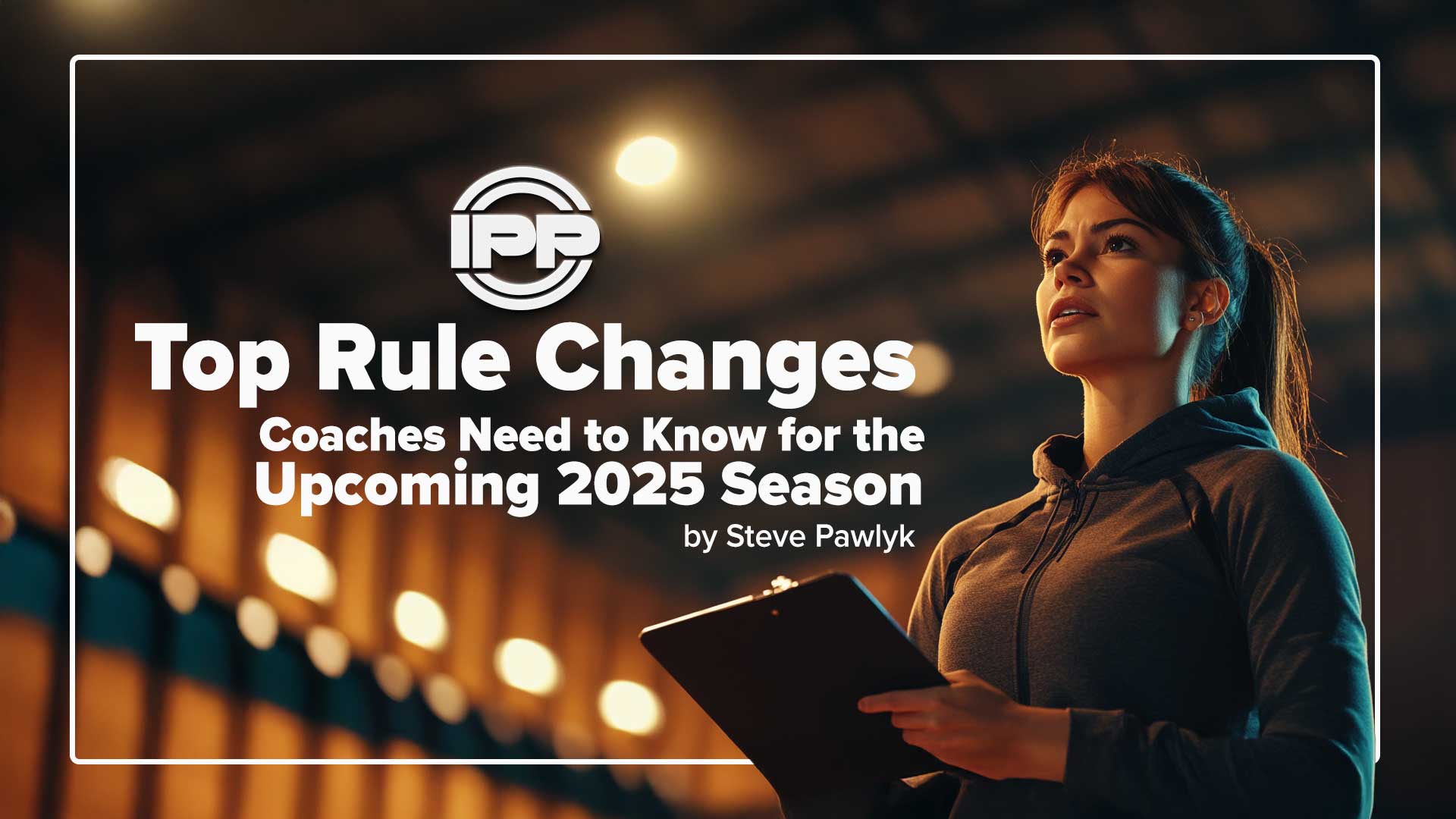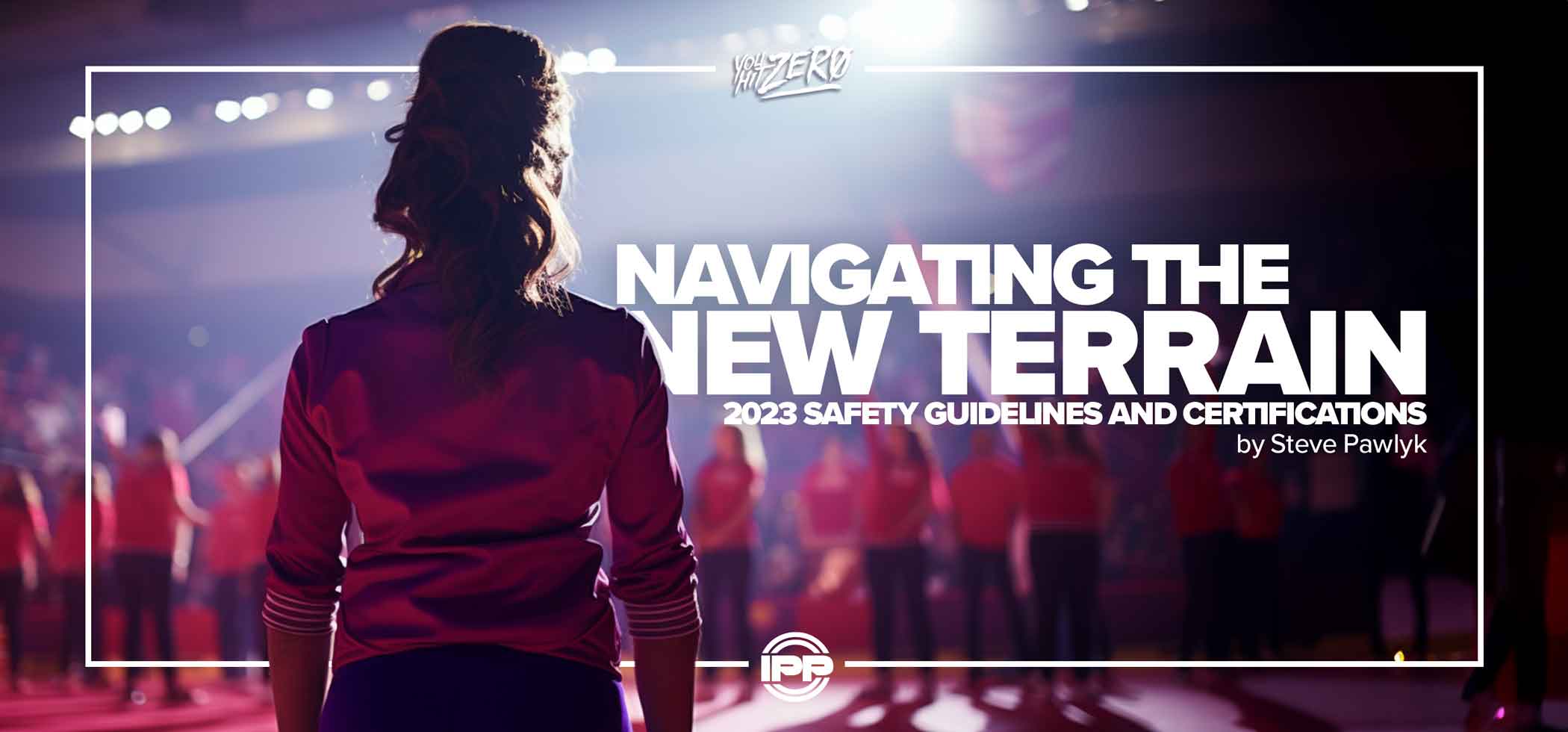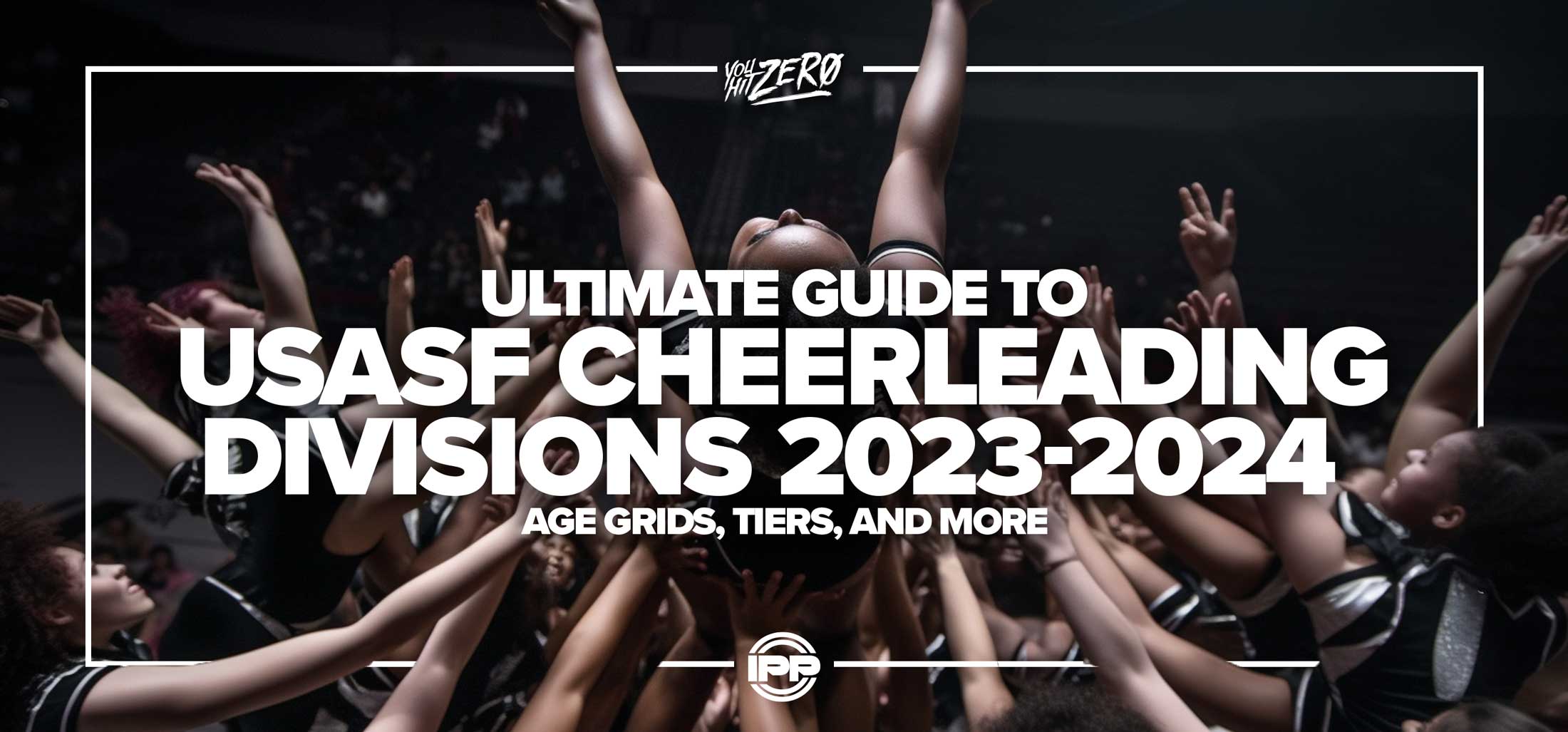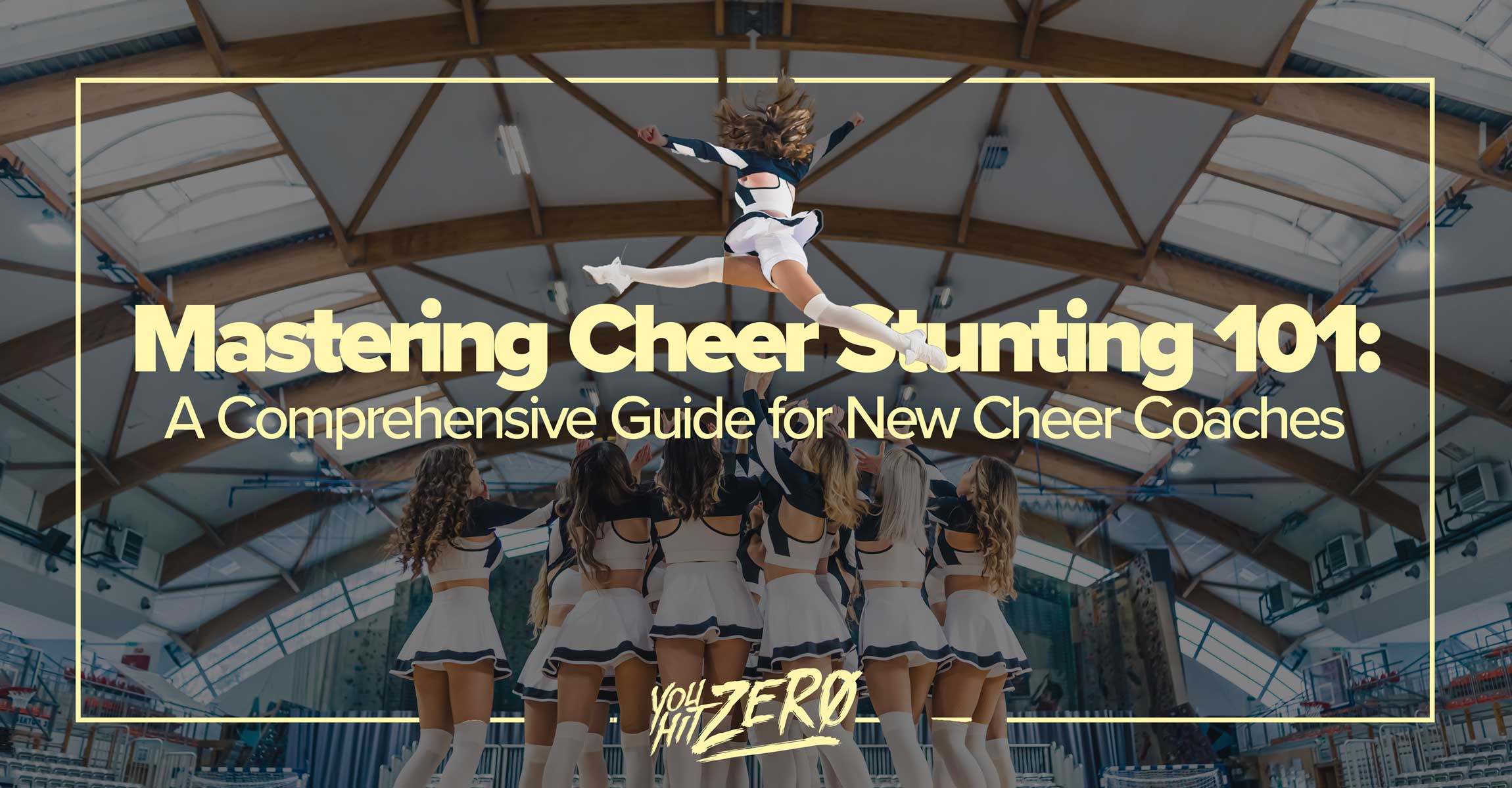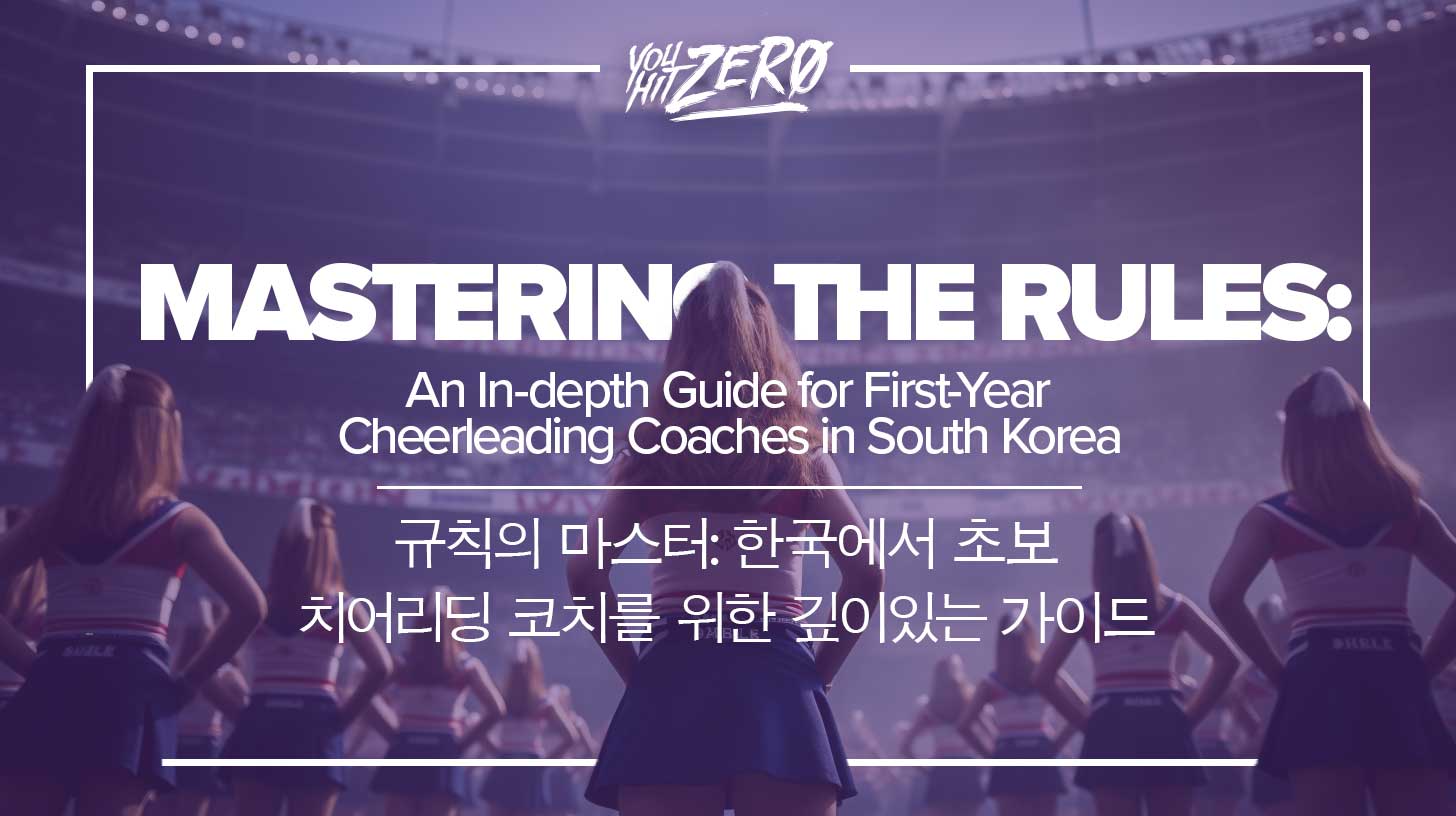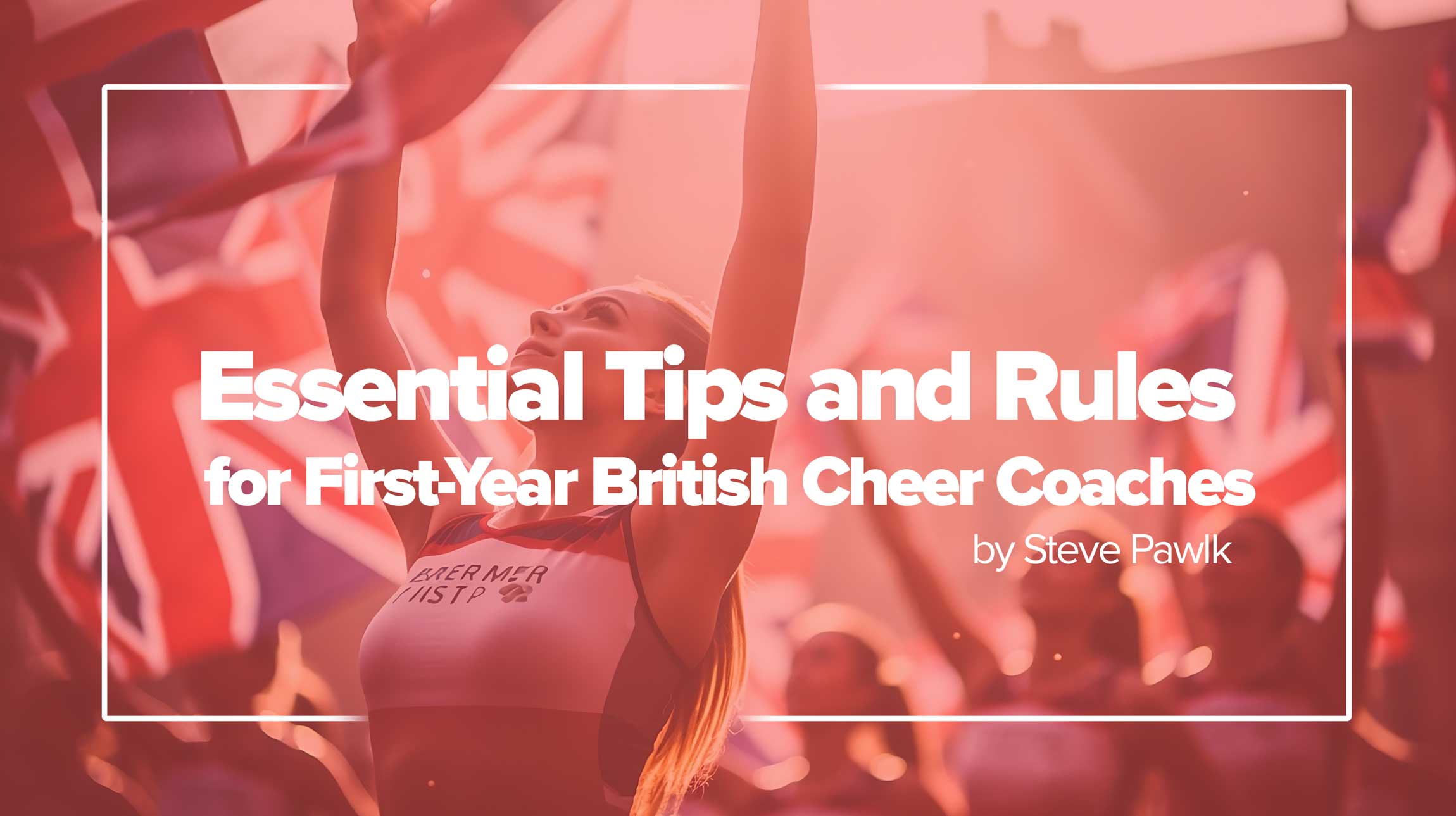By Steve Pawlyk
Published November 4, 2025
All-star cheer is stacked with choreography arms races and upgrade-season flexes, but the teams winning consistently in 2025 share a less flashy superpower: they keep great coaches. Across gyms, programs report rising burnout, thin hiring pools, and junior coaches cycling out just as they become valuable. With athlete numbers climbing again post-covid, staffing gaps can be brutal. So what do you do? You treat retention like a core competitive strategy.
Why retention is wobbling (and how it shows up on the mat)
- Participation rebounded. High-school sports hit record participation in 2024-25, which swells feeder systems and tryout interest. That’s great—until your coaching bench is shallow and every extra team stretches staff thinner.
- Coach burnout is real. Research on elite coaches points to heavy cognitive/emotional load, role conflict, and time pressure—classic burnout drivers that accelerate turnover. Gym-level guidance this year echoes the same theme: unchecked mental exhaustion tanks decision quality, erodes culture, and bleeds staff.
- Policy and professionalism keep rising. From USASF compliance updates to USA Cheer’s body-positive uniform guidance and social-media consent norms, expectations on coaches are broader than “teach skills.” That’s progress—but it also expands the job description, which you must acknowledge with training and compensation.
- Market shakeups siphon talent. Pro-style initiatives and high-visibility events (The MAJORS, Worlds pipelines) make top coaches more mobile and more valuable. If your gym doesn’t have a clear growth path, recruiters (and rivals) do.
Bottom line: retention isn’t “HR paperwork.” It’s the difference between clean, consistent hit-ratios and volatile seasons where skills stall because roles keep resetting.

The Retention Flywheel for Cheer Gyms (5 repeatable moves)
1) Redefine the job (and pay) for 2025 reality
What to do this month:
- Publish role scorecards that include modern responsibilities: athlete-wellbeing practices, parent communications, compliance checkpoints, and social-media boundaries aligned to USA Cheer guidance.
- Create tiered coach ladders (Assistant → Lead → Head → Program Director) with transparent criteria: certifications/credentailling status, team outcomes, athlete retention, safety/compliance execution. Note: USASF has a credentialing transition slated for late Fall 2025—build that into your ladder and budgets.
- Peg pay ranges to role complexity and team count, not just mat hours. Add seasonal completion bonuses and “return next season” retention bonuses for senior staff.
Why it works:
People stay when expectations and compensation feel fair for the whole job you’re asking them to do—skills, culture, and compliance.
2) Build a bench with a STAFF Funnel
A pipeline beats panic hiring. Use this funnel to convert alumni and part-time talent into reliable coaches:
- Scout: Invite alumni and college cheerleaders to shadow nights once per month.
- Train: Run a quarterly “Assistant Coach Mini-Camp” (two evenings) covering progressions, spotting, athlete-wellbeing, and current USASF rules.
- Apprentice: Assign each apprentice to one team + one mentor; track a simple skill-checklist and practice-planning reps.
- Formalize: After 8–12 weeks, move successful apprentices onto the payroll with a clear ladder step and next credential.
- Forecast: Maintain a 90-day hiring board with the number of athletes, projected teams, and required coaching hours to prevent last-minute scrambles.
3) Make mental-health sustainability part of operations
Structural fixes that beat “self-care” platitudes:
- Cap practice loads per coach (e.g., 4 practices/night max, two consecutive late nights max).
- Rotate “parent-night duty” so a single coach doesn’t absorb all high-friction conversations.
- Schedule recovery windows after showcase/nationals weeks; plan coverage in advance.
- Offer EAP-style resources or partner with a local provider for short-form counseling options.
These moves mirror best practice from coach-burnout literature and cheer-specific leadership guidance published this year.
4) Upgrade onboarding: the First 90 Days blueprint
New hires leave when day-to-day reality doesn’t match the interview. Solve it with a tight 3-phase plan:
Days 1–30 (Absorb & Align)
- Safety & progressions clinic (USASF rules, spotting protocols).
- Culture primer: communication tone, uniform/photo policy, consent workflows.
- Shadow two different head coaches; co-run warm-ups and cool-downs.
Days 31–60 (Own a Lane)
- Own one specialty block (tumbling stations, baskets, or pyramids) on two teams.
- Pass a feedback loop: submit one practice plan/week; receive written notes.
Days 61–90 (Lead with Support)
- Lead a full practice under observation; get a scored rubric on pacing, technical accuracy, and athlete communication.
- Meet with the director to set next-season goals tied to the ladder (e.g., credentialing step, team assignment).

5) Tie retention to performance KPIs coaches actually control
Track 4 coaching KPIs monthly—share the dashboard with staff:
- Athlete Retention % (by team and season-to-date)
- Skill Progression Rate (e.g., % of athletes who advanced a tumbling/jump/stunt progression)
- Safety/Compliance Hits (checklist adherence, incident-report quality)
- Parent Satisfaction (2-question pulse after showcases: communication clarity + athlete experience)
Reward improvements with cash or PTO, not just plaques.

Hiring: stop fishing; build bait
The market is noisy. Here’s what’s cutting through in 2025:
- Mission-first job posts. Lead with athlete experience and safety—not just “come win banners.” (Consider Indeed/USA Cheer listings language trends and program context.)
- Show your ladder and pay philosophy in the post. If you hide it, your competitor will flaunt theirs.
- Offer portfolio time. Allocate 1–2 paid hours/week for lesson-planning and film review—top coaches value prep time.
- Flexible contracts. Split roles (e.g., “Tumbling Lead Tue/Thu + Weekend Choreo”) to attract college-seasonal staff and parents with coaching backgrounds.
Culture: the moat your rivals can’t copy
Uniform and media-consent conversations used to be afterthoughts; they’re table stakes now. Gyms adopting the updated USA Cheer posture (body-positive, consent-forward, athlete-first) are seeing better parent relations and stronger staff morale—because coaches aren’t firefighting preventable conflicts every week. Pair that with intentional team-bonding and you get the compound effect: athletes stay longer, parents become advocates, and coaches do their best work instead of their most work.
Putting it together: a one-page retention plan you can deploy this week
1) Publish: role scorecards + the four KPIs. (30 minutes)
2) Announce: a two-step retention bonus (season completion + next-season return). (15 minutes)
3) Schedule: a monthly Shadow Night + quarterly Assistant Coach Mini-Camp. (15 minutes)
4) Install: practice-load caps and a rotating parent-duty schedule. (20 minutes)
5) Kick off: the 90-day onboarding track for any coach hired since June. (15 minutes)
Total: ~95 minutes to signal you’re serious.
The top of all-star is ruthless and glamorous (hello, The MAJORS), but the through-line among perennial finalists is continuity. They don’t re-learn systems every fall. They don’t re-negotiate culture via group texts. They retain. As the sport professionalizes (credentialing refresh, compliance, bigger events, even semi-pro pathways), smart directors are building organizations where great coaches want to stay. That’s the competitive edge in 2025.
If you’re still treating retention like “hope they come back,” you’re paying the price in skill plateaus, chaotic schedules, and frazzled staff. Treat it like choreography: design it, rehearse it, score it. Your coaches will feel the difference—and so will your scores.
Appendix: copy-paste assets
Sample job post snippet (steal this):
Lead All-Star Coach (Progressions + Culture) — Boston North
You’ll lead stunt/tumbling progressions for 2–3 teams, co-own athlete-wellbeing and safety checklists (USASF), and help us deliver a consent-forward, body-positive athlete experience (USA Cheer guidance). Transparent ladder, paid prep time, completion & return bonuses. Apply with one practice plan and one short video clip explaining your progression philosophy.
6-point parent communication policy (shareable)
- 24-hour “cool-down” after events
- One weekly update per team (logistics + goals)
- No athlete images posted without consent (team policy link)
- Stick to chain of command (assistant → head → director)
- Safety & compliance questions answered in writing within 48 hours
- 6. Quarterly parent town-hall (15 minutes + Q&A)
IPP's Premade Mixes are USA Cheer Compliant and customizable! Add Sound FX, swap songs, & more! Add your Team Name to the mix for only $10!












